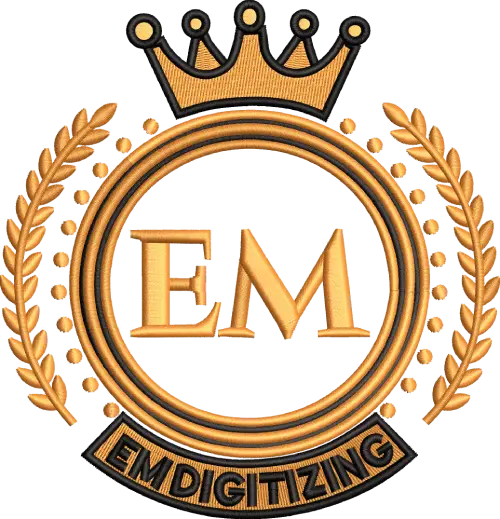What is a vector file? It’s the magic behind stunning designs that look flawless no matter the size. Whether it’s a logo on a business card or a graphic on a giant billboard, vector files keep the quality sharp and clean.
These files are the go-to choice for designers working on projects that need flexibility and precision. From branding materials to illustrations, vector files make resizing and editing easy without compromising on quality. Curious to know why they’re so essential? Let’s explore!
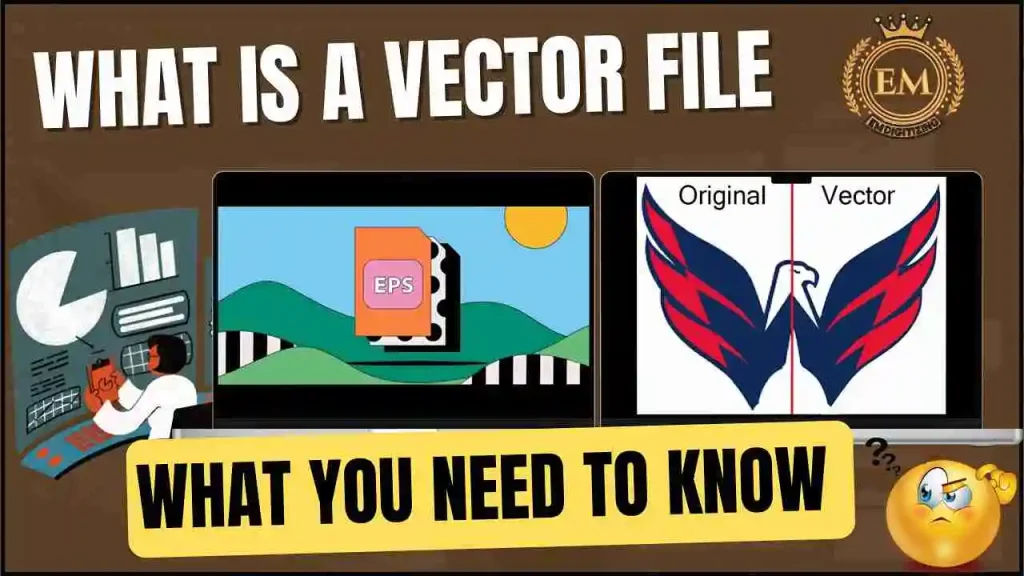
What is a Vector File? What You Need to Know
What is a Vector File?
A vector image file is a digital image created using mathematical equations that define lines, shapes, and curves. This makes what is a vector image file special—it allows resizing to any scale without losing sharpness or quality. Unlike pixel-based images that can blur or distort when enlarged, vector graphics remain crisp and clear at any size.
Comparison Between Vector and Raster Graphics
Feature | Vector Graphics | Raster Graphics |
Definition | Created using mathematical formulas | Made up of individual pixels |
Scalability | It can be resized without losing quality | Becomes pixelated when enlarged |
File Types | SVG, EPS, AI, PDF | JPEG, PNG, BMP, GIF |
Best For | Logos, illustrations, text designs | Photos and detailed images |
File Size | Generally smaller | Larger due to pixel data |
Editing | Easily editable and customizable | Limited editing without loss of quality |
Popular Formats for Vector Files
Vector files are available in several formats, each tailored to different uses in design and printing. These formats, like .AI and .SVG, are widely used because they maintain image quality regardless of size changes. If you’re curious about what format is a vector file, here’s a breakdown of the most common types:
- .AI (Adobe Illustrator)
- .SVG (Scalable Vector Graphics)
- .EPS (Encapsulated PostScript)
- .CDR (CorelDRAW)
- .DXF (Drawing Exchange Format)
- .PDF (Portable Document Format)
1. .AI (Adobe Illustrator)
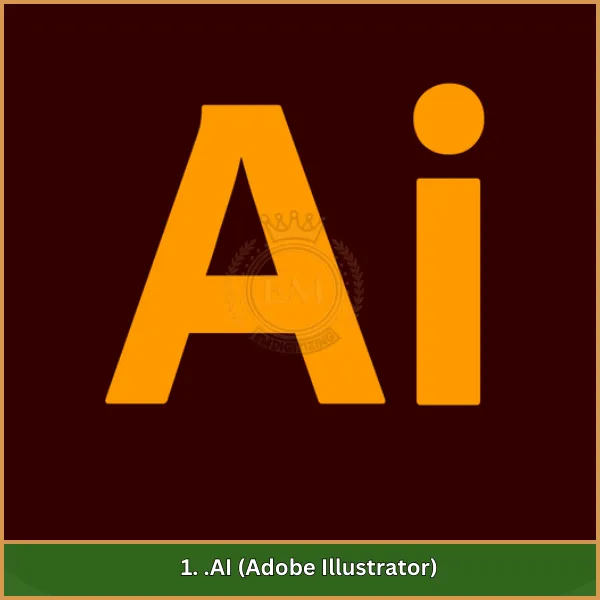
AI files are the default format for Adobe Illustrator, a favorite among designers for creating professional vector graphics. This format retains layers, transparency, and color modes, making it ideal for ongoing edits and complex design projects.
2. .SVG (Scalable Vector Graphics)

SVG files are web-friendly and scalable, making them perfect for digital designs. With their XML-based format, they can be resized without losing quality and are easily editable using CSS or JavaScript, making them a top choice for responsive designs.
3. .EPS (Encapsulated PostScript)
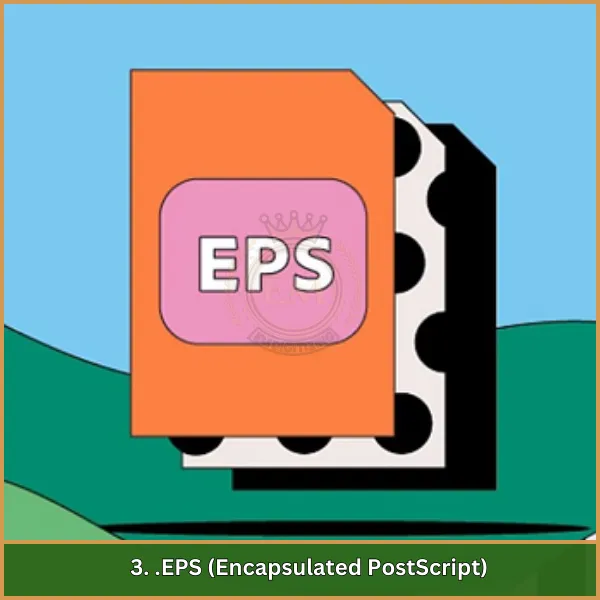
EPS files are versatile and commonly used for transferring graphics between software. They can store both vector and raster elements, making them a go-to option for printing and publishing tasks.
4. .CDR (CorelDRAW)
CDR files are specific to CorelDRAW software and are widely used in professional design environments. They support features like layers and effects, providing flexibility for detailed vector graphic creations.
5. .DXF (Drawing Exchange Format)
The DXF format is mainly used in engineering and architecture for sharing CAD designs. It supports both 2D and 3D vector graphics, ensuring compatibility across various CAD programs.
6. .PDF (Portable Document Format)
While known primarily as a document format, PDFs can also store vector graphics. This makes them ideal for sharing designs across platforms, preserving layout integrity for printing and presentations.
What Are the Benefits and Limitations of Vector Files?
Vector files are known for their scalability and precision, but they also have drawbacks. If you’re wondering what is vector file, it’s a graphic format ideal for designs that require flexibility and clarity.
Benefits | Limitations |
Scalable without quality loss | Not suitable for complex images |
Small file size | Limited color blending |
Easy to edit and customize | Requires specialized software |
High-quality for all outputs | Limited compatibility with effects |
Versatile across industries | Demands design expertise |
What Software Do You Need to Edit Vector Files?
Editing vector files requires specialized software that can handle their unique formats, such as .AI, .SVG, or .EPS. If you’re wondering what extension is a vector file, these formats ensure scalable, high-quality graphics for various design needs. Here are the tools you can use:
- Adobe Illustrator: A leading software for professional vector editing, offering advanced features like layers, color blending, and path adjustments. Ideal for logos, illustrations, and branding projects.
- CorelDRAW: Known for its user-friendly interface, CorelDRAW is a powerful tool for vector graphic creation and editing, especially popular in print and signage design industries.
- Inkscape: A free and open-source software, perfect for beginners and those on a budget. It supports most vector file formats and provides essential tools for editing and creating vector designs.
- Affinity Designer: A cost-effective alternative to Illustrator, offering robust features for vector and raster editing, making it suitable for designers looking for versatility.
- Gravit Designer: A lightweight and web-based tool, excellent for quick edits and basic vector designs. It’s accessible online and perfect for designers who need flexibility without installing heavy software.
How to Open and Edit Vector Files
Understanding what is a vector file is the first step to unlocking its full potential for professional designs. Here’s a simple guide to opening and editing vector files:
1. Find the Right Tool
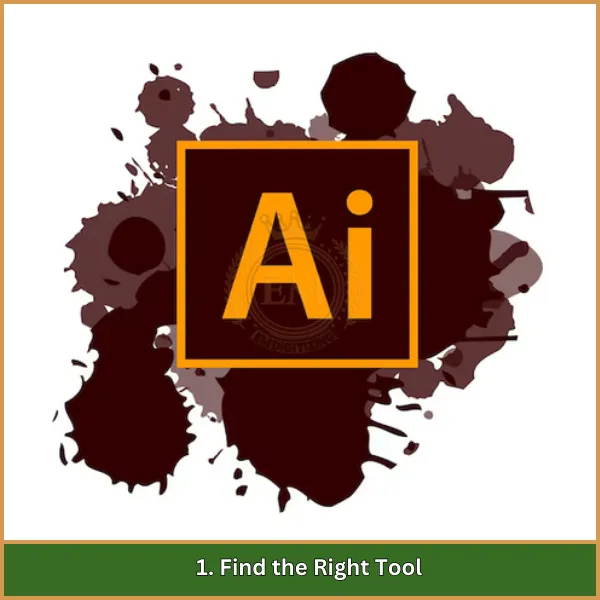
Choose software that fits your project, such as Adobe Illustrator for advanced edits, CorelDRAW for diverse features, or Inkscape as a free alternative.
2. Access the Vector File
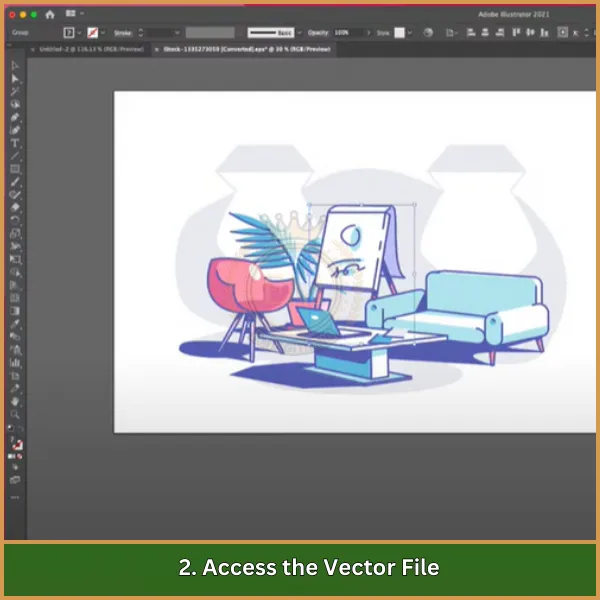
- Open your software and navigate to the “File” menu.
- Select “Open” and browse for your file format, like .AI or .SVG.
3. Customize the Design
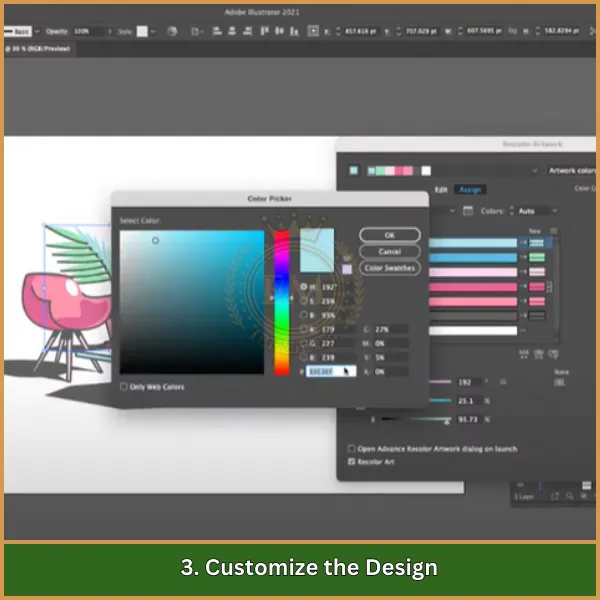
- Use editing tools to tweak shapes, adjust colors, and refine paths.
- Organize elements efficiently by utilizing layers within the design.
4. Save Your Changes

- Save in the original format for continued edits later.
- If needed, export as .SVG or .PDF for client sharing or presentations.
5. Export for Versatility
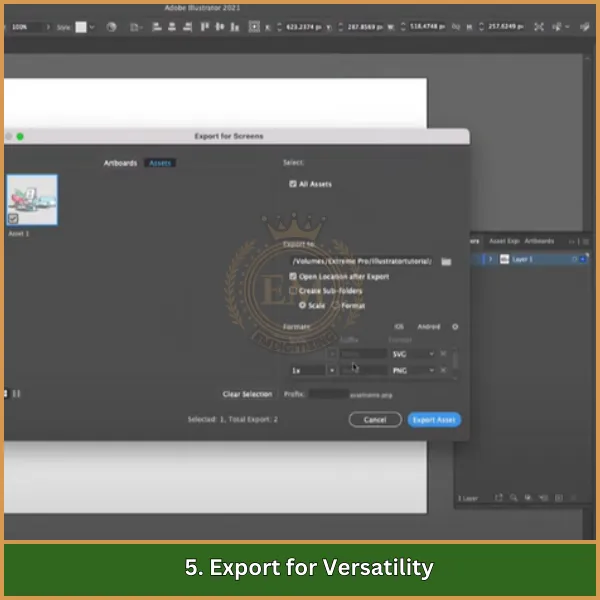
- Convert your design to PNG or JPEG for use in web or print, ensuring compatibility with different platforms.
What Are the Applications of Vector Files?
What is a vector file logo? It’s a versatile graphic format that’s essential in various fields. Vector files are used extensively for their ability to maintain quality and scalability across diverse applications.
- Logos: Vector graphics ensure logos look sharp and professional, whether they’re on a small business card or a massive billboard.
- Marketing Materials: From brochures to posters, vector files maintain quality, delivering a polished look across all branding materials.
- Web Design: Responsive websites rely on vector graphics for visuals that scale perfectly on any screen size.
- Infographics: Clear and detailed graphics make vector files the go-to choice for creating engaging data visualizations.
- Animations: Smooth motion graphics benefit from the precision and clarity that vectors offer.
- Printing: Magazines, banners, and packaging often use vector files for their high-quality, sharp results.
- Textiles: In fashion, vector designs are essential for creating intricate clothing patterns and fabric prints.
- Engineering and Architecture: CAD designs leverage vectors for their accuracy in representing detailed structural elements.
- Signage: Signs and banners depend on vector files to stay crisp and legible, regardless of size adjustments.
- Custom Apparel: T-shirt designs use vectors to produce vibrant, high-quality prints without any loss in detail.
Conclusion
Now that you know what is a vector file and why it’s so important, it’s time to let your designs shine. Whether it’s for a logo, a marketing project, or something else entirely, vector files ensure your work looks stunning and professional every time.
At EMDigitizing, we’re here to help you bring your ideas to life. Our vector art services are not only affordable but also come with a super-fast turnaround time and a guaranteed quality finish. You can even preview your design before we finalize it, ensuring complete satisfaction.
And here’s the best part—if you’re a first-time customer, you’ll get a 50% discount on your first order! Don’t wait—let us handle your vector art needs with precision and care. Order Now and Save Big!
FAQs
Absolutely! Vector files are ideal for printing because they stay sharp and clear, no matter the size. They’re commonly used for logos, posters, and other high-quality print materials.
You can use tools like Adobe Illustrator, CorelDRAW, Inkscape, Affinity Designer, or Gravit Designer. These programs provide excellent features for creating and editing vector graphics.
Vector files can be resized without losing quality, are easy to edit, and take up less storage space compared to raster images. They’re perfect for professional projects like logos and branding.
Yes, converting raster images to vector files is possible with software like Adobe Illustrator or Inkscape. This allows for better scalability and ensures your designs remain high quality.
Vector files are widely used for creating logos, web graphics, animations, and print materials like brochures and business cards. Their versatility makes them a favorite for designers.
